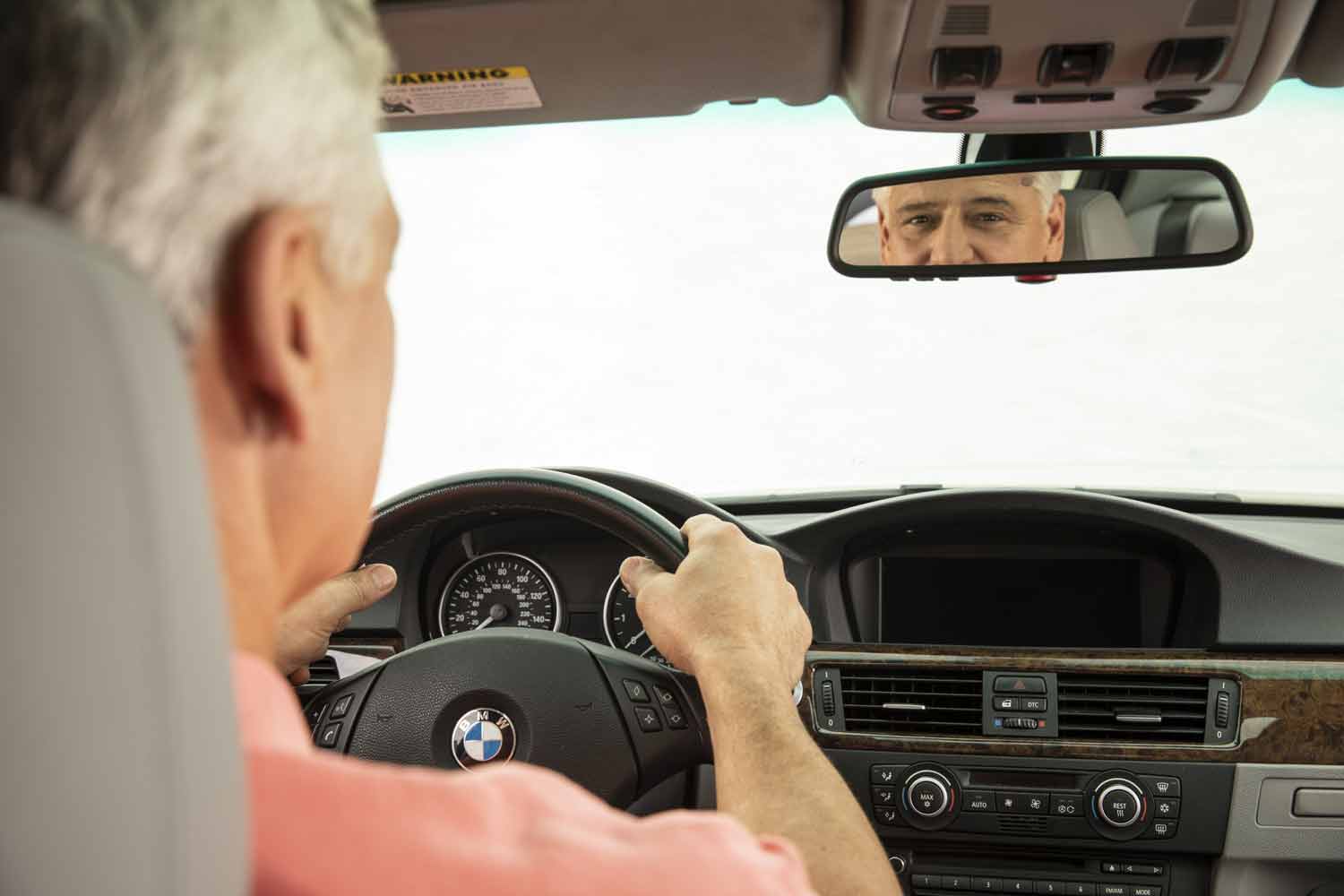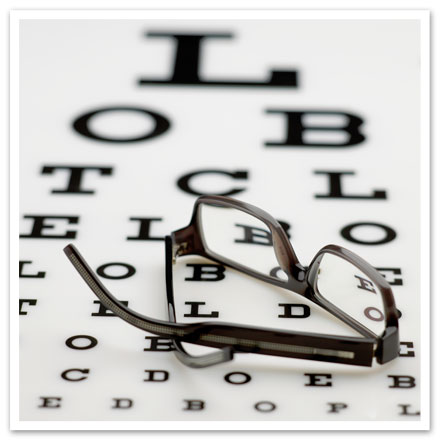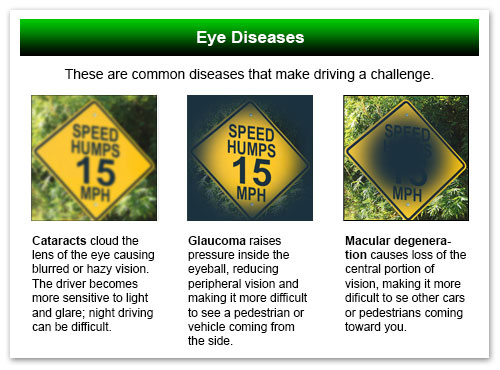
When we get behind the wheel, we use many of our senses. We use touch to grip the wheel and use the gas pedal. We listen for the sounds of emergency vehicles or the horns of other drivers. Smell can help tell us something is wrong with our vehicle. Perhaps the most important sense when behind the wheel is sight. For now, we need to be able to see where we are going to steer the vehicle and react to traffic control devices and hazards. When we start to lose our sight, driving becomes difficult and dangerous. Driving is a privilege we often associate with a sense of freedom and autonomy. It’s never easy to hear that you may need to stop driving.

January is Glaucoma Awareness Month. Glaucoma tends to run in families, so if you have family members with glaucoma, you may experience it, too. Glaucoma tends to start slow and damages your eye’s optic nerve, which is the nerve that sends images to your brain. Because it starts slow with no pain and no changes to your vision at first, people don’t always realize glaucoma is present. According to the Glaucoma Research Foundation, as much as 40% of vision can be lost without a person noticing. Once vision is lost, it’s permanent.
Most people with glaucoma can still drive as long as they pass the vision test at their state’s Department of Motor Vehicles office. It just depends on how much vision they’ve lost. Glaucoma reduces peripheral vision. Also known as fringe vision, peripheral vision allows you to see out of the corner of your eyes. You do not see objects in your periphery as clearly as objects in your direct line of sight, but peripheral vision does pick up movement and light. Peripheral vision is used for scanning your environment and alerts you to objects and hazards that you can turn and see with your sharper, central vision. Drivers rely on peripheral vision to support a number of tasks while driving, such as maintaining speed and lane position and detecting potential hazards.

There are more than 3 million people in the United States with glaucoma. Regular eye exams are extremely important, especially if you have a history of glaucoma in your family. While there is no cure currently for glaucoma, early detection along with medication or surgery can help slow or prevent vision loss. If you do have glaucoma, you may still be able to drive. You will need to complete an eye exam at your state’s Department of Motor Vehicles in order to test your visual limitations for driving. Depending on the amount of vision loss, you may be able to get a restricted license, which will limit the time of day you can drive, and sometimes the speeds at which you can drive safely.
This Glaucoma Awareness Month, we encourage everyone to schedule regular eye exams and to be aware of their own limitations when it comes to vision loss and driving. We all want to keep our roadways safe. If you would like to learn more about the specific driving laws in your state, or brush up on your defensive driving skills, check out our website to see what online courses we offer in your area!
When we get behind the wheel, we use many of our senses. We use touch to grip the wheel and use the gas pedal. We listen for the sounds of emergency vehicles or the horns of other drivers. Smell can help tell us something is wrong with our vehicle. Perhaps the most important sense when behind the wheel is sight. For now, we need to be able to see where we are going to steer the vehicle and react to traffic control devices and hazards. When we start to lose our sight, driving becomes difficult and dangerous. Driving is a privilege we often associate with a sense of freedom and autonomy. It’s never easy to hear that you may need to stop driving.